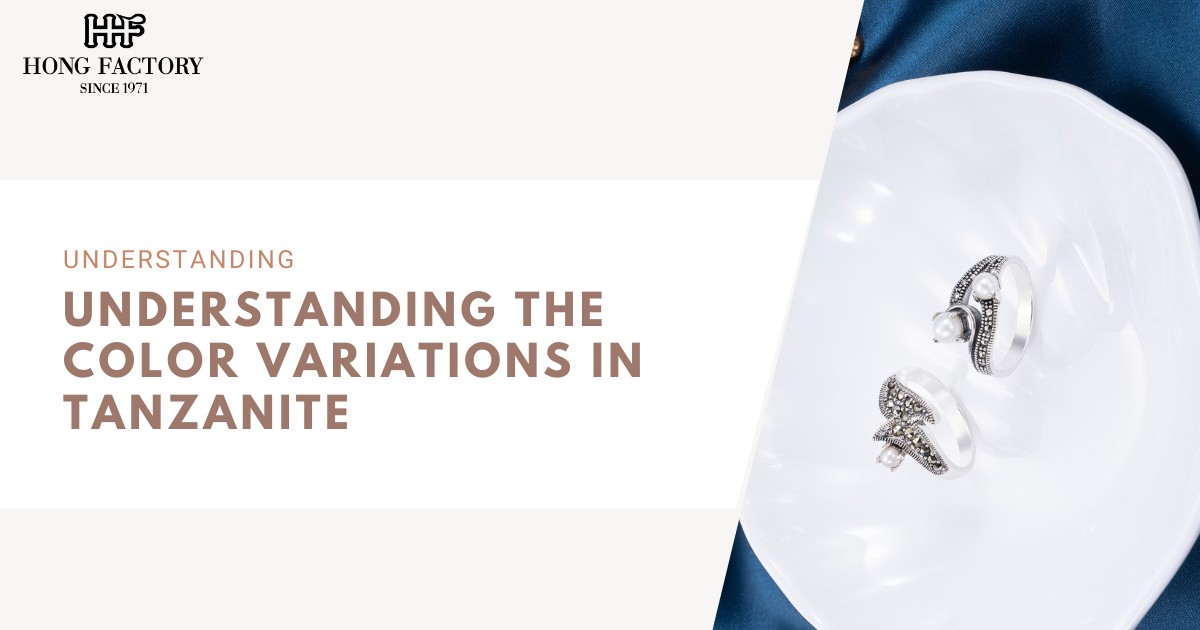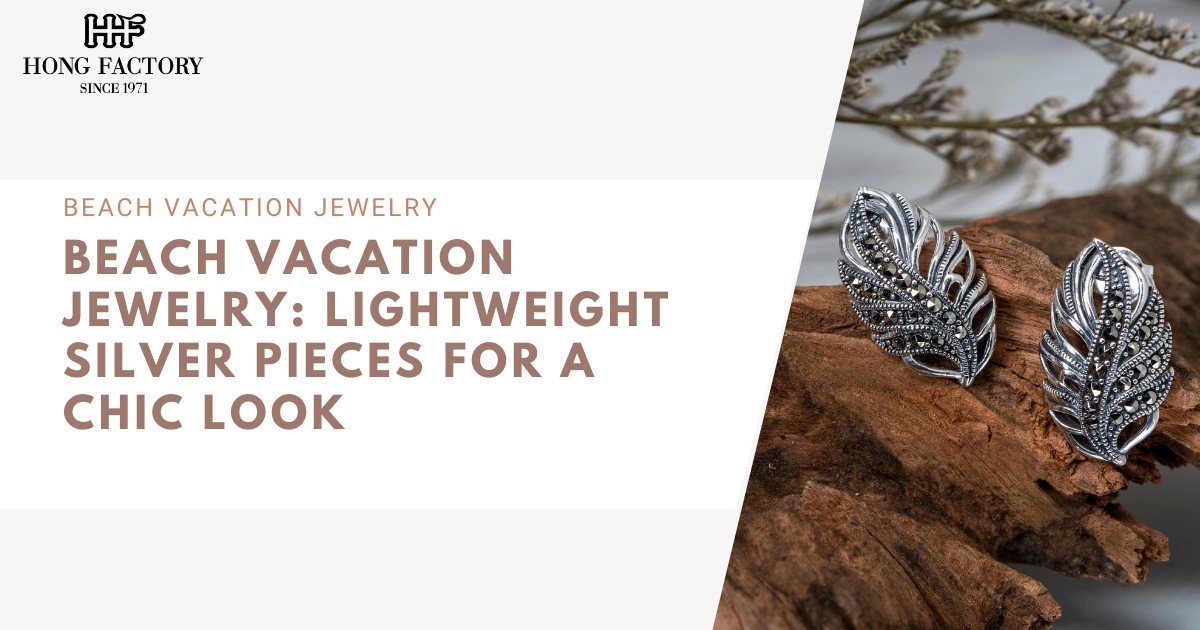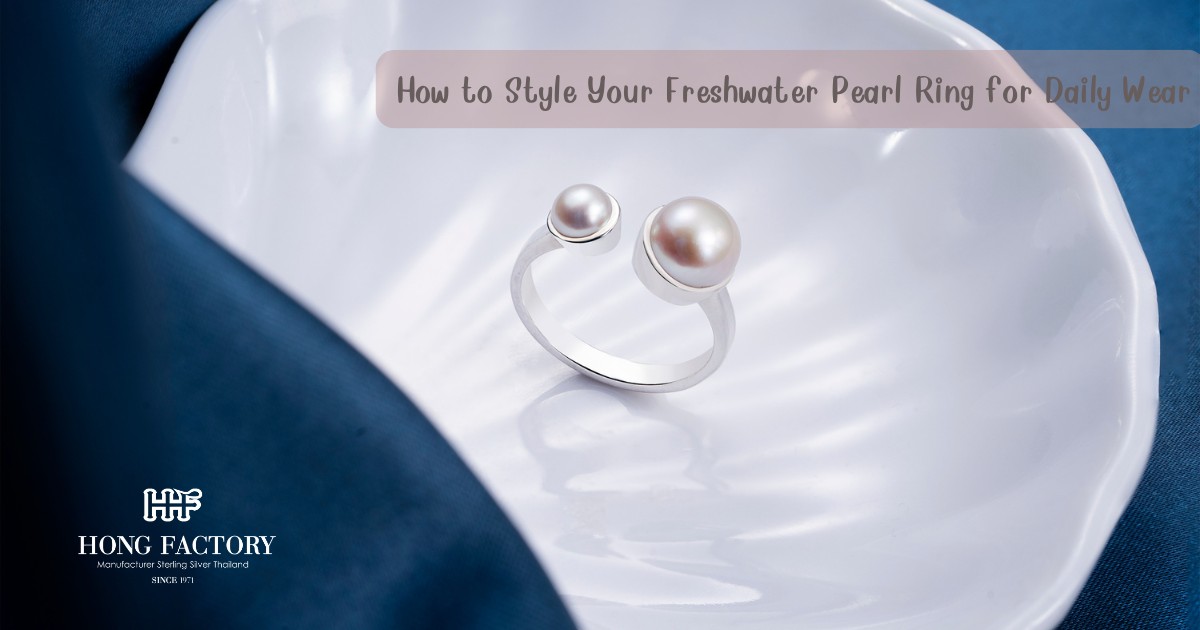Understanding the Color Variations in Tanzanite
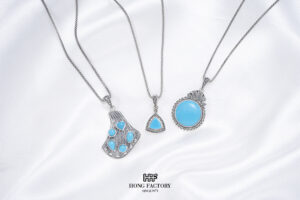
Tanzanite, one of the most exquisite and rare gemstones, is celebrated for its mesmerizing color variations, ranging from deep blues to rich violets and even subtle hints of burgundy.
Discovered in Tanzania in 1967, this gemstone has captivated collectors and jewelry enthusiasts alike. Its unique pleochroic nature allows it to display different colors depending on the angle and lighting, making it a truly dynamic gemstone.
This article explores the science behind tanzanite’s color variations, the factors that influence its hue, and how to choose the perfect tanzanite gemstone.
1. What Causes Tanzanite’s Color?
Tanzanite belongs to the zoisite mineral family and gets its color from the presence of vanadium within its crystal structure.
When exposed to heat, whether naturally or artificially, the gemstone undergoes a transformation that enhances its vibrant hues. The primary colors exhibited by tanzanite are:
- Blue – The most sought-after and valuable shade, resembling fine sapphires.
- Violet – A rich and luxurious tone, often seen in untreated or slightly heated stones.
- Purplish-Blue – A balanced combination of blue and violet, making it a signature look for tanzanite.
- Burgundy or Reddish Hues – These secondary colors may appear under certain lighting conditions due to tanzanite’s pleochroism.
2. The Role of Pleochroism in Tanzanite’s Color Variations
Tanzanite is a pleochroic gemstone, meaning it exhibits multiple colors when viewed from different angles. This phenomenon contributes to its unique color variations and enhances its depth and beauty. The three main pleochroic colors in tanzanite are:
- Blue – Best seen under fluorescent or daylight conditions.
- Violet-Purple – More visible in incandescent lighting.
- Reddish-Brown – Occasionally seen in raw or unheated stones.
Gem cutters strategically orient tanzanite to maximize the desirable blue or violet hues while minimizing brownish tones, enhancing its overall appeal.
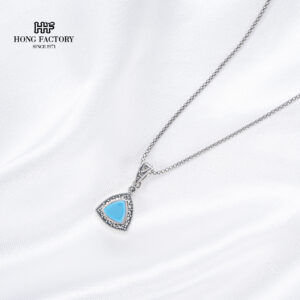
3. Natural vs. Heat-Treated Tanzanite
Most tanzanite available on the market has undergone heat treatment to enhance its blue and violet tones. Here’s how treatment affects its color:
- Natural Tanzanite – Often exhibits a mix of brown, green, and yellow hues before treatment.
- Heated Tanzanite – Displays the striking blue and violet tones characteristic of high-quality gemstones.
- Unheated Tanzanite – Rare and valuable, these stones retain their original earthy tones but may not exhibit the signature brilliance of treated stones.
4. Factors Influencing Tanzanite’s Color
Several factors determine the depth and richness of a tanzanite’s color:
- Lighting Conditions – Tanzanite appears bluer in daylight and more violet under incandescent light.
- Cutting Orientation – Skilled gem cutters enhance the dominant blue or violet shade by adjusting the gem’s angles.
- Stone Size – Larger stones tend to exhibit deeper and more intense colors.
- Purity and Clarity – High-quality tanzanite with fewer inclusions allows for better light reflection, intensifying its hue.
5. Grading Tanzanite Color
The industry categorizes tanzanite colors based on their intensity and saturation:
- AAA Grade – Deep, vivid blue with hints of violet; the most valuable.
- AA Grade – A balance between blue and violet; high-quality and popular.
- A Grade – Lighter shades of blue and violet, often more affordable.
- B Grade – Very pale tanzanite, with minimal saturation and lower value.
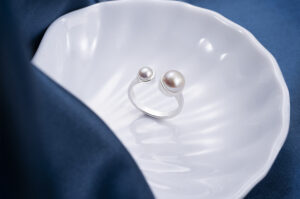
6. Choosing the Right Tanzanite for Your Jewelry
When selecting a tanzanite gemstone, consider the following:
- Preferred Hue – If you prefer a sapphire-like blue, opt for high-grade tanzanite with strong saturation.
- Lighting Sensitivity – Be aware that your gemstone’s color may shift in different lighting environments.
- Cut and Shape – Round and cushion cuts enhance brilliance, while emerald and oval cuts emphasize depth of color.
- Budget – AAA-grade tanzanite commands a higher price, while AA and A grades offer more budget-friendly options.
Tanzanite’s stunning color variations make it a one-of-a-kind gemstone, cherished for its dynamic hues and rarity. Whether deep blue, luxurious violet, or a mesmerizing blend of both, tanzanite’s beauty is a testament to nature’s artistry.
Understanding its pleochroism, grading, and treatment can help buyers make informed decisions and select the perfect tanzanite piece to match their preferences.
Keywords: tanzanite color, tanzanite grading, pleochroic gemstones, blue tanzanite, violet tanzanite, heat-treated tanzanite, rare gemstones
